Mid-infrared light reveals a contaminated crust around Ceres
An AGU 2016 Session on Solar System Small Bodies
December 14, 2016
Wonderful Potentially Habitable Worlds Around TRAPPIST-1
February 22, 2017Using a combination of space telescope data, as well as recent data acquired with the SOFIA Airborne telescope and lab experiments, a team of astronomers including researchers from the SETI Institute and Jet Propulsion Laboratory have revealed the presence of dust of exogenic origin at the surface of dwarf planet Ceres. This contamination likely stems from a dust cloud formed in the outer part of the main belt of asteroids following a collision in recent times. That study challenges the relationship proposed between Ceres and asteroids in the C spectral class and instead suggests an origin of this dwarf planet in the transneptunian region. This study was published on January 19 2017 in Astronomical Journal.
Interplanetary dust particles (IDPs), which form meteors when they cross Earth’s atmosphere, represent the largest fraction of extraterrestrial material accreted on Earth. A team led by Pierre Vernazza, research scientist CNRS in the Laboratoire d’Astrophysique de Marseille (LAM – CNRS/AMU), have shown that IDPs are also an important and continuous source of material captured on the surface of asteroids.
Pierre Vernazza explains that « by analyzing the spectral properties of Ceres we have detected material made up of fine particles of dry silicate called pyroxene. However, thermal evolution models proposed for Ceres have predicted a surface composed of aqueously alterated (e.g., clays, carbonates) which was confirmed from recent observations collected by the NASA Dawn mission. Hence the researchers concluded that it is unlikely that those fine grains of dry material could still be preserved in Ceres’ interior.
The team then searched for the possible source of contamination. Recently, observations from a variety of spacecraft have shown that the zodiacal light has significant structure including dust bands which are associated with debris from particular asteroid families, resulting from the destruction of a large asteroid. One of these dust bands produced in the main belt is likely the culprit. In particular, the so-called alpha dust band, produced via grinding within the Beagle family (part of the extended Themis family) formed less than 10 Myrs ago and represents a major source of dust in the outer region of the Main Belt. Recent observations also showed that pyroxene dust is a primordial constituent of the Themis family. Hence the alpha dust band is a plausible source of contamination of Ceres and neighboring asteroids.
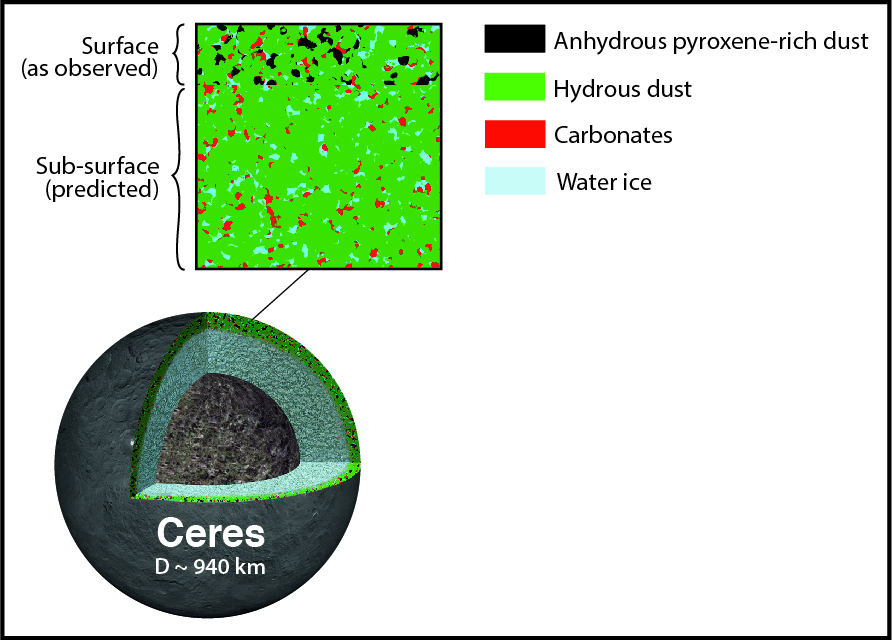 If the pyroxene observed on Ceres’ surface is of exogenic origin then this challenges the relationship between Ceres and other Main Belt asteroids which has been inferred for decades based on their similar colors in visible light. Astronomers have classified Ceres and 75% of the asteroids in the so-called spectral class C, suggesting a similar composition. This result shows that the reality is certainly more complex and the detection of ammoniated clays on Ceres suggest a trans-neptunian origin. Evidence for ammonia or ammonium on another dwarf planet, Orcus, strengthens that connection.
If the pyroxene observed on Ceres’ surface is of exogenic origin then this challenges the relationship between Ceres and other Main Belt asteroids which has been inferred for decades based on their similar colors in visible light. Astronomers have classified Ceres and 75% of the asteroids in the so-called spectral class C, suggesting a similar composition. This result shows that the reality is certainly more complex and the detection of ammoniated clays on Ceres suggest a trans-neptunian origin. Evidence for ammonia or ammonium on another dwarf planet, Orcus, strengthens that connection.
This study further suggests that the so far unexplained detection of pyroxenes on metallic asteroids* might also originate from a similar dust source. This process likely acts on a global scale at least in the direct neighborhood of the dust band complicating significantly the work of astronomers who want to understand the composition of asteroids from their color.
« This study resolves a long-time question about the nature of the surface materials inferred from spectroscopic observations in the visible and near infrared, whether they reflect the intrinsic composition of the asteroid or contamination by exogenic material. Our results show that by expanding the study in the mid-infrared the asteroid initial composition remains identifiable despite contamination at a level of ~20%. » added Pierre Vernazza
Franck Marchis, planetary astronomer at the SETI Institute also a co-author of this article, stressed out that “The future of asteroid research would greatly benefit from a systematic study of the largest 400 main-belt asteroids. Based on this result, it is clear that mid-infrared spectroscopic observations are key to understand the true nature of an asteroid. Less than 30 of them were observed by the NASA Spitzer and ESA ISO space-based telescopes, and none can be observed with JWST, the next NASA mid-infrared telescope because they are too bright for its sensitive instrument. A dedicated instrument on board SOFIA airborne telescope or a future dedicated space telescope will reveal the true nature of those asteroids even in the presence of contaminations.”
- SETI PR: http://www.seti.org/seti-institute/press-release/observations-ceres-indicate-asteroids-might-be-camouflaged
- CNRS/LAM PR (en Francais): https://www.lam.fr/les-actualites/article/mise-en-evidence-de-la-contamination-de-la-surface-des-asteroides-par-les?lang=fr
- NASA/SOFIA web article: https://www.nasa.gov/feature/don-t-judge-an-asteroid-by-its-cover-mid-infrared-data-from-sofia-shows-ceres-true
- An interview after my first SOFIA flight in the stratosphere
- Observing in the stratosphere with SOFIA
s

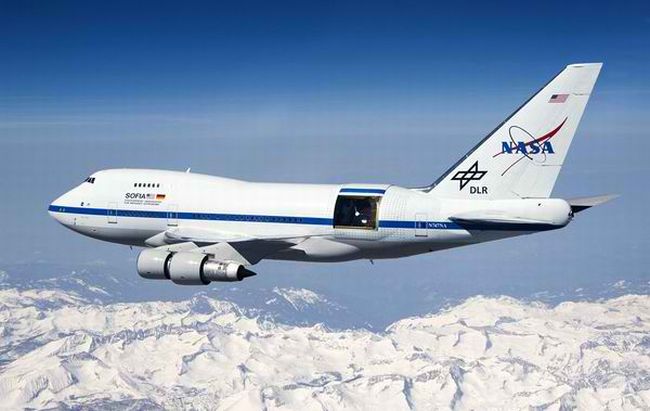

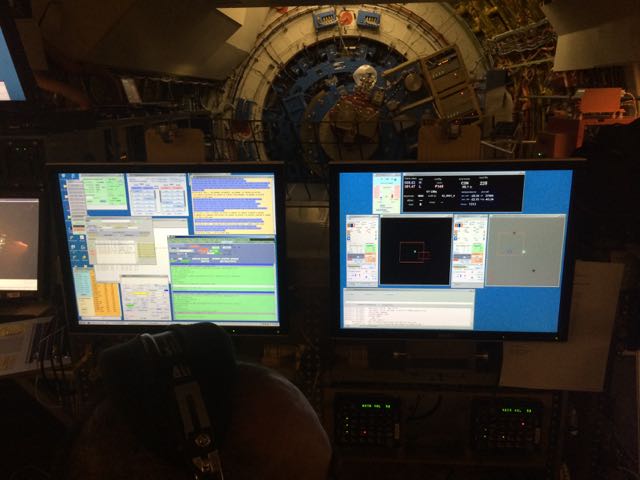
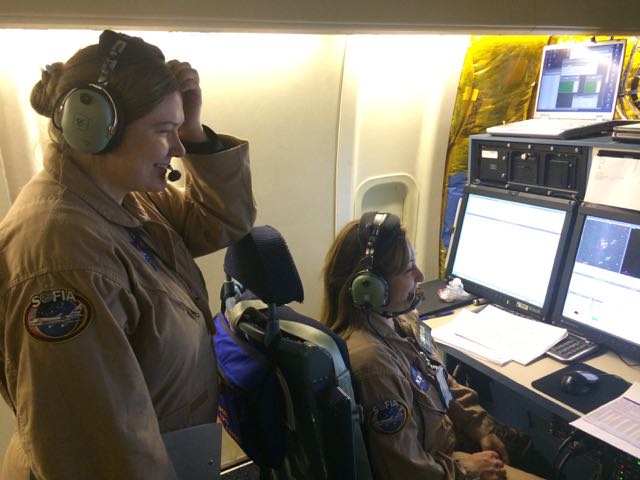
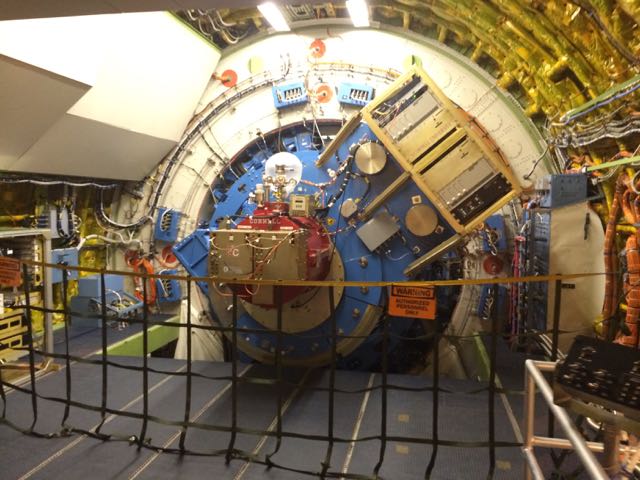
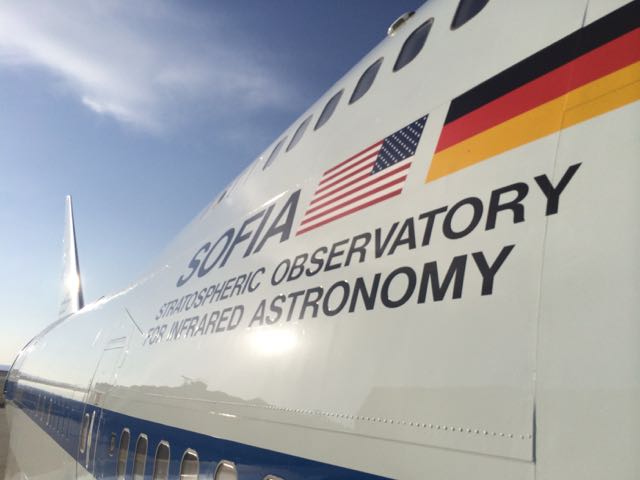



1 Comment
exactly…!!!